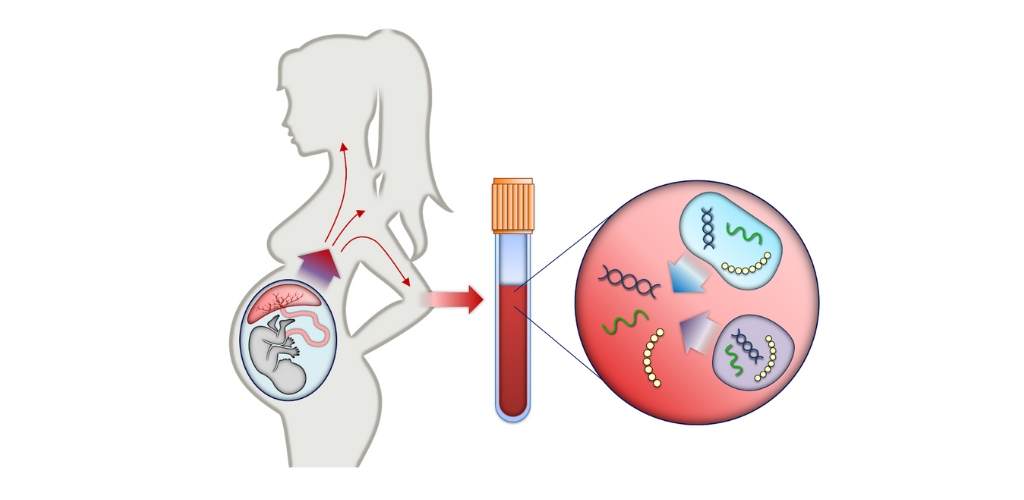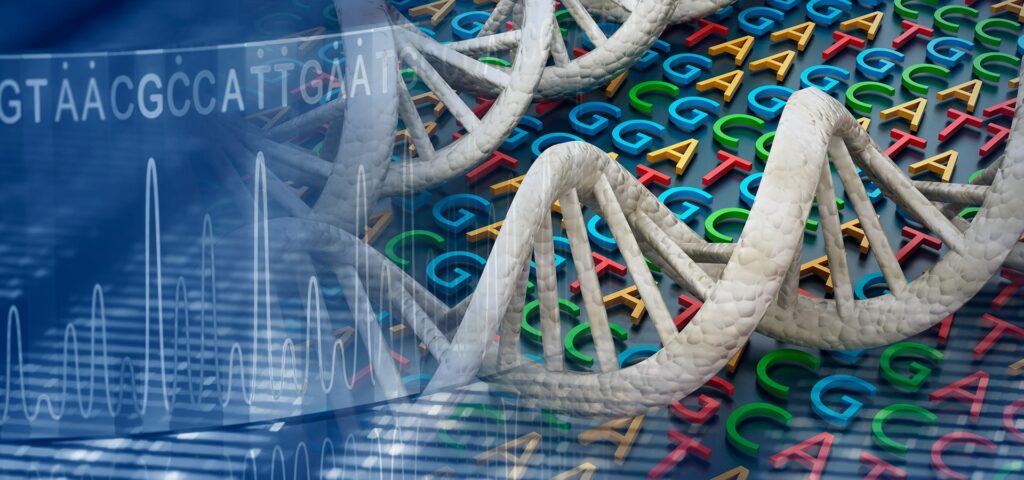How Genetics Influence Insulin Sensitivity and Blood Sugar Control
How Genetics Influence Insulin Sensitivity and Blood Sugar Control Insulin sensitivity—the body’s ability to respond to insulin and maintain healthy blood sugar levels—is a cornerstone of metabolic health. However, not everyone’s system handles insulin the same way. While diet and lifestyle play major roles, emerging evidence reveals that genetic variation significantly impacts insulin sensitivity and […]
How Genetics Influence Insulin Sensitivity and Blood Sugar Control Read More »











